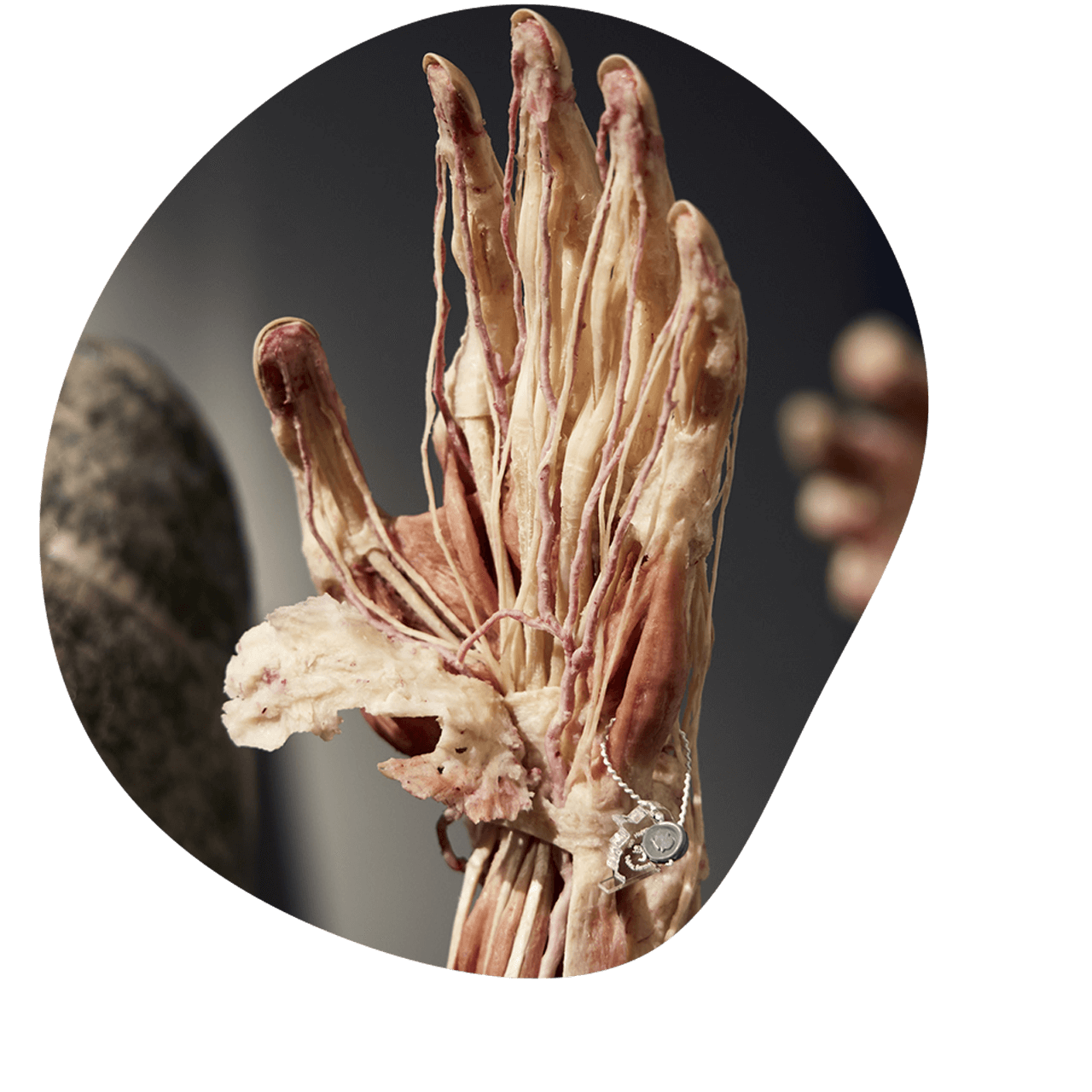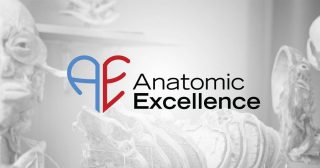Benefits of Plastination
Revolutionizing Anatomy Education

Precisely Dissected, Perfectly Preserved
Plastination has changed the way medical professionals, researchers and students engage with, and learn about, the human body. Plastinates provide a host of advantages over traditional anatomy study that encompasses wet specimens and/or artificial models.
Benefits to Students
-
Authentic 3D Models
Free of schematization and formaldehyde, Plastinates accelerate student comprehension.
-
Accurate Representation
No discoloration, shrinkage or drying. Cell and functional structure are perfectly maintained.
-
Revelatory Engagement
Diseases such as cancer, arthritis and Alzheimer’s can be preserved and studied in situ.
-
Informative Encounters
Muscles stay firm, enabling study from all angles, including afore hidden structural relationships.
-
Detailed Consideration
Durable and permanent, Plastinates validate more complex and detailed dissection.
Benefits to Institutions
-
Additives & Alternatives
Plastinates can serve as complementary teaching tools or advanced alternatives to dissection.
-
Management & Budget Relief
Institutions are relieved from inherent logistical responsibilities and economic challenges.
-
Return on Investment
Plastinates have a long lasting durability and can be reused year after year.
-
Administration Relief
Institutions with body donation programs can consider alternatives to specimen procurement.
-
Religious & Cultural Exemption
Traditions that restrict access to cadavers are afforded authentic human tissue study.

